Weekend Diversion: Building Down
As the population of cities continues to grow, real estate runs out fast. But one innovative solution may be the wave of the future: building down!
“It is not the beauty of a building you should look at; it’s the construction of the foundation that will stand the test of time.” -David Allan Coe
It’s a fact of modern life: more than one-out-of-two people on this Earth live in an urban area, and by time 2050 rolls around, that number will be closer to three-out-of-four. The only solutions thus far have been to either build up (as in, taller and taller buildings) or build out (as in, greater urban sprawl), both of which have severe disadvantages. Yet there may be another, out-of-the-box solution on the horizon. Have a listen to Turin Brakes as they go through their remarkable song: Building Wraps Round Me,
while I show you some of my favorite new projects exploring the next urban frontier: subterranean infrastructure.
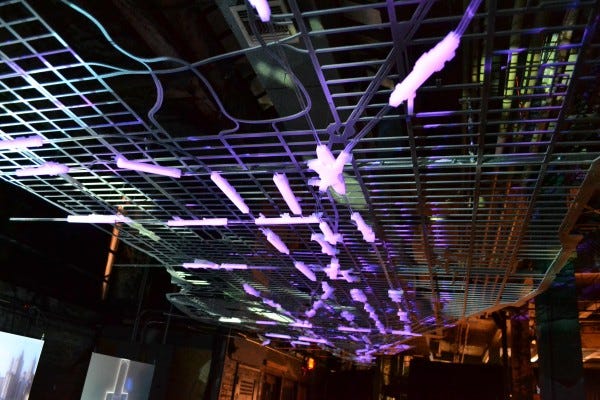
No, I don’t just mean the sewers and subways you’re used to, I mean ways that will revolutionize the way we live. Here are some of my favorite current-and-future projects that I’ve come across.

1.) Automated underground bicycle parking. Already a reality in Japan, these 38 foot (11.6 meter) cylinders can hold 204 bicycles apiece. Attach an identification tag to your bike and place it in the robotic entryway.
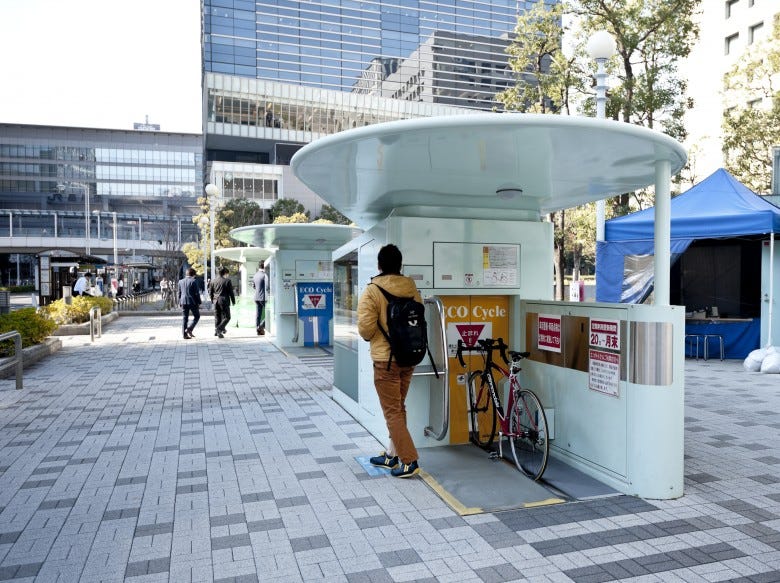
Automatically, it’s taken underground and stored in a vacant slot. When you return, just swipe an identification card and your bicycle is returned to you in no more than 13 seconds, no matter what location your bike is stored in or how many other bikes are in there.
Pretty amazing stuff, without a doubt! But parking isn’t the only arena where such an innovative, subterranean venture has been undertaken.
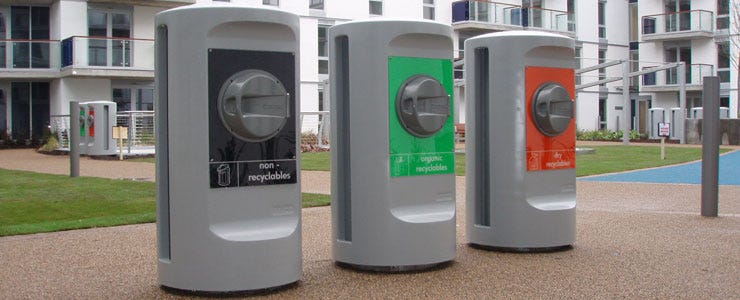
2.) Automated vacuum waste collection. Tired of separating your trash, storing it outside and dragging it to the curb? Even worse: don’t you hate dealing with unsightly overflowing public trash receptacles? Wouldn’t it be so much more convenient if there were some way to avoid that entire system altogether? That’s exactly what automated vacuum collection systems do!
Suddenly, the need for heavy waste transport (garbage trucks) plummets, littering drops precipitously, there’s no holidays or downtime, and this has a track record of success going all the way back to the 1960s. This can even be scaled up and implemented to serve entire cities!
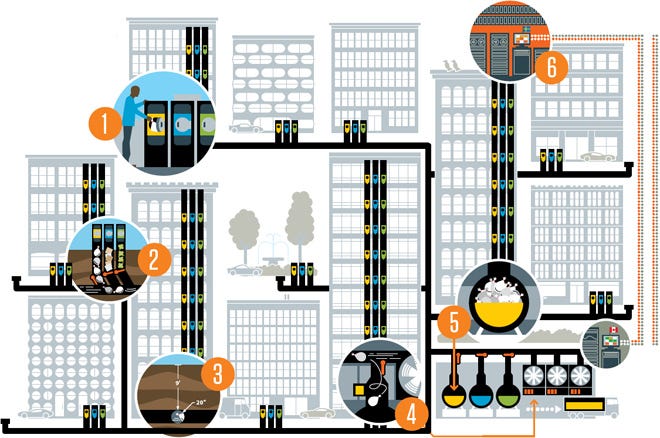
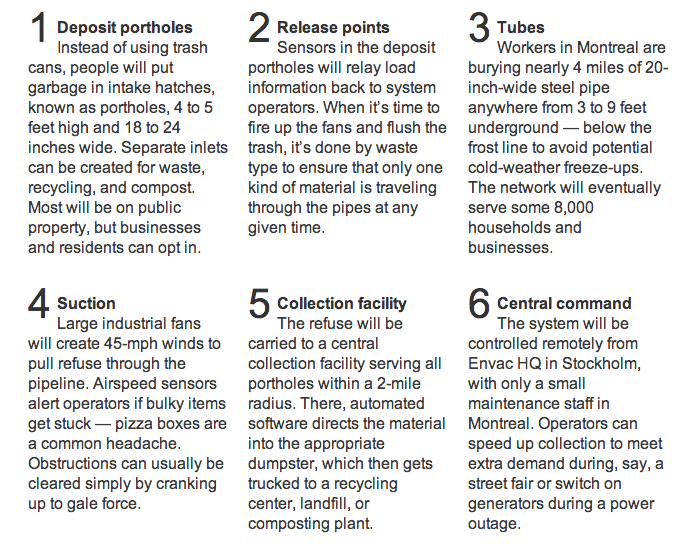
But one city is already way ahead of the curve.
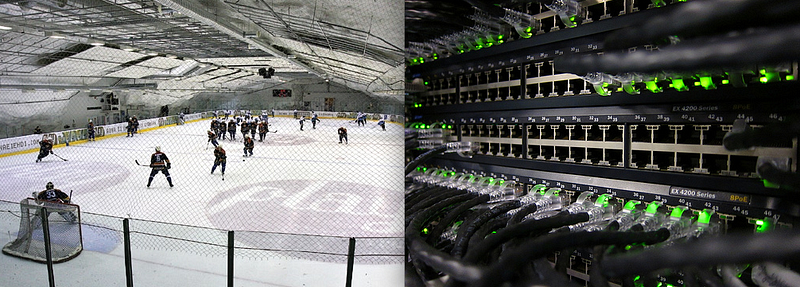
3.) Helsinki’s underground city. When your city is serendipitously located above a layer of limestone bedrock, why not defeat urban sprawl by building downwards, into the bedrock, to house some of your facilities?
Well, Helsinki has done exactly that, where their subterranean city boasts of a shopping center, a church, the world’s greenest underground data center, an ice hockey rink and even an underground swimming complex!
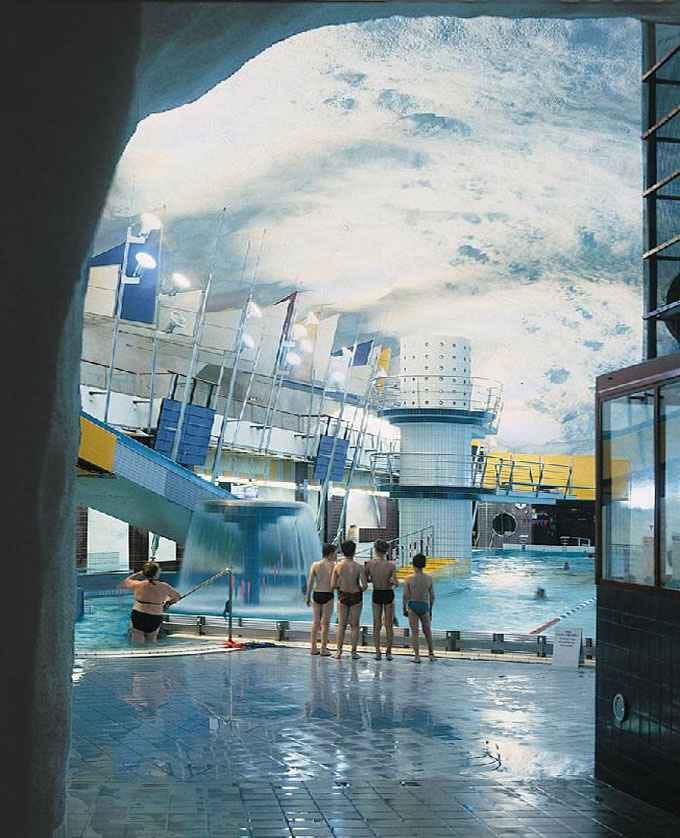
The eventual plan is for more than 200 structures to be built underground, all without impeding the above-ground real estate at all!
But the biggest, most ambitious plan has to go to Mexico City.
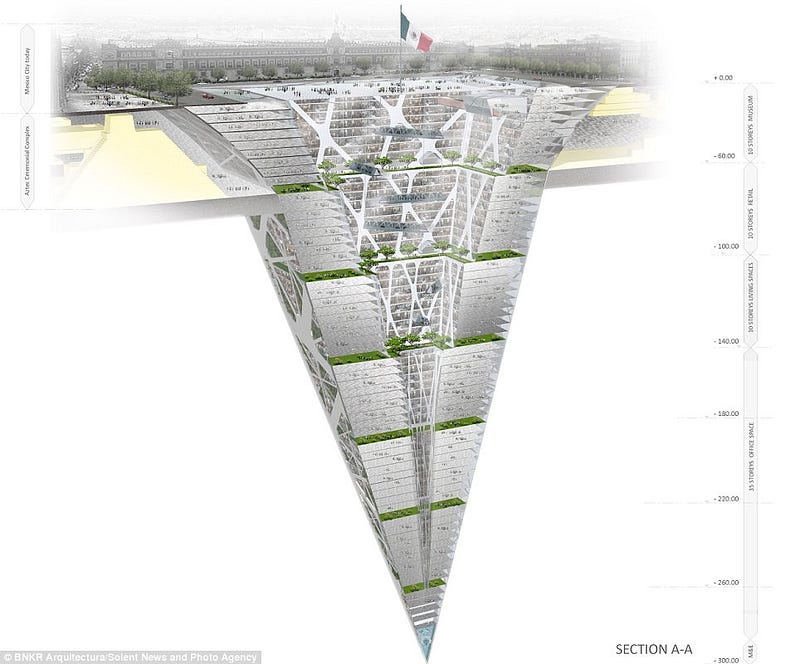
4.) Mexico City’s proposed Earthscraper. Mexico City is one of the largest cities in the world, but also has a great many historic places and regulations preventing the construction of skyscrapers. According to Bunker Arquitectura,
New infrastructure is required but no empty plots are available. Federal and local laws prohibit demolishing historic and height regulations limit new structures to eight stories.
Well, if you can’t build up, build down.
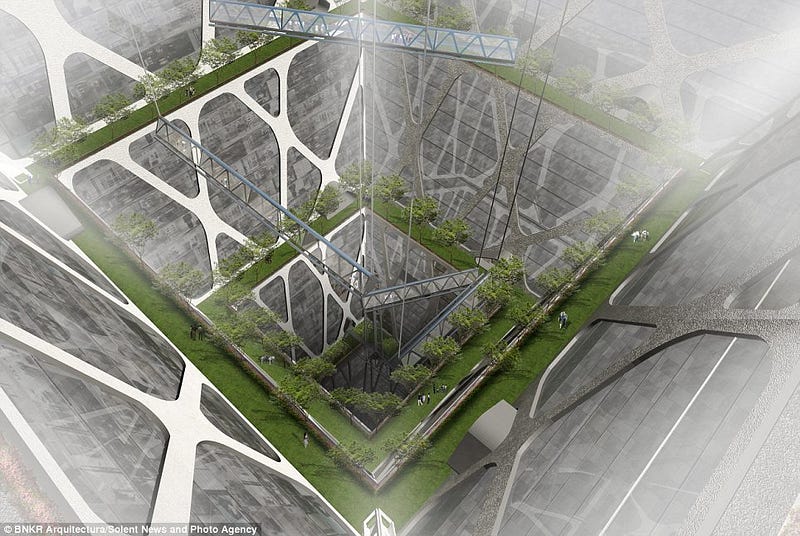
The proposed 65-story inverted skyscraper — the Earthscraper — designed by Esteban Suarez, would have the “top” (closest to the ground) 10 stories be a dedicated museum, 10 stories below that devoted to stores and retail shops, another 10 stories below that for residential housing, and the lowest 35 stories devoted to office space, with gardens and greenery every 10 levels as you descend. The current pavement of Zócalo — the central square of Mexico City — would be replaced with a transparent covering, allowing for sunlight to enter uninhibited.
I don’t know if this last one will ever come to fruition, but it’s an amazing, ambitious plan, and one I’m happy to share with you this weekend! Hope you’re having a great one, and I’ll see you back here on Monday for more wonders of the Universe.
Have a comment to leave? Head on over to the Starts With A Bang forum at Scienceblogs and weigh in!





